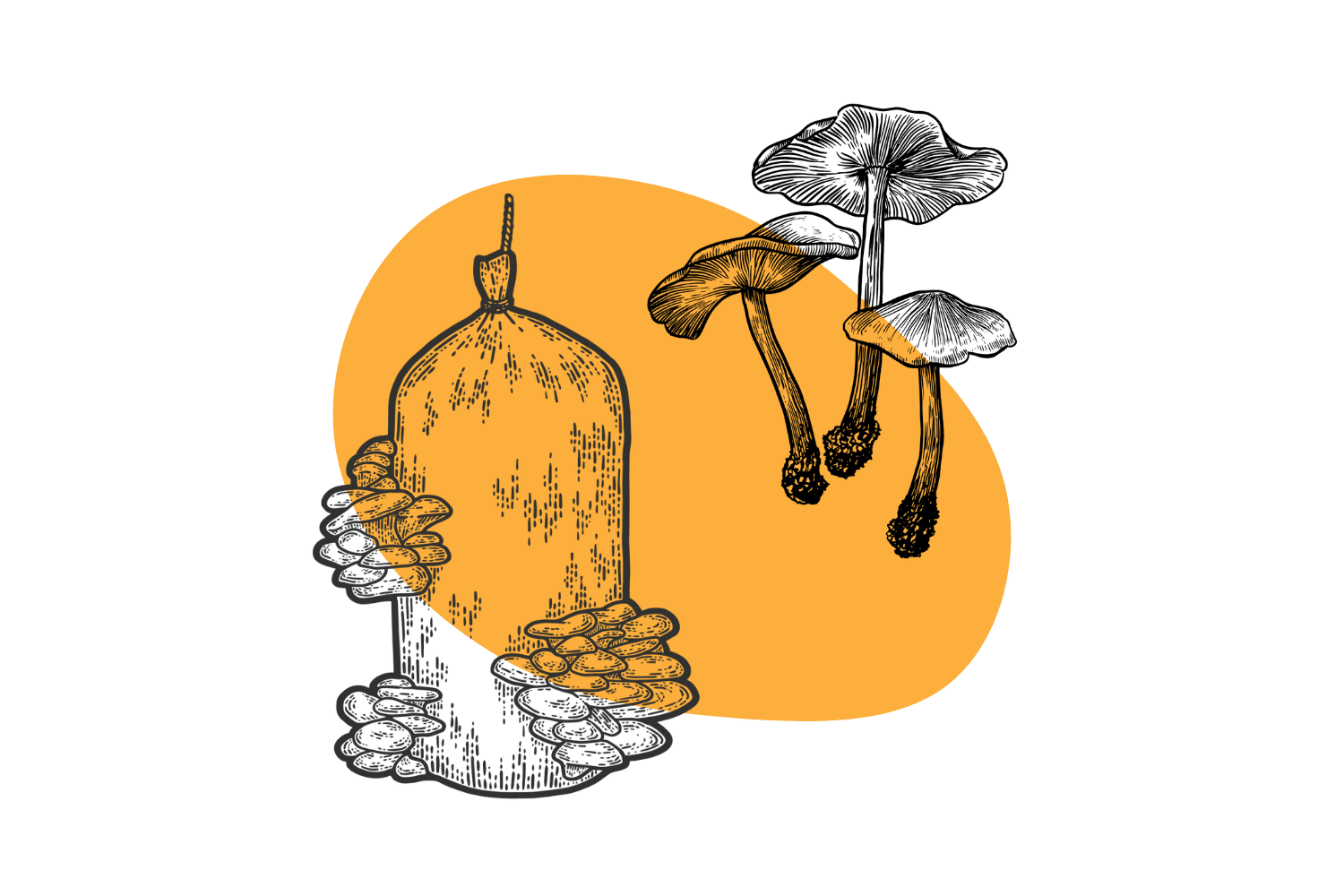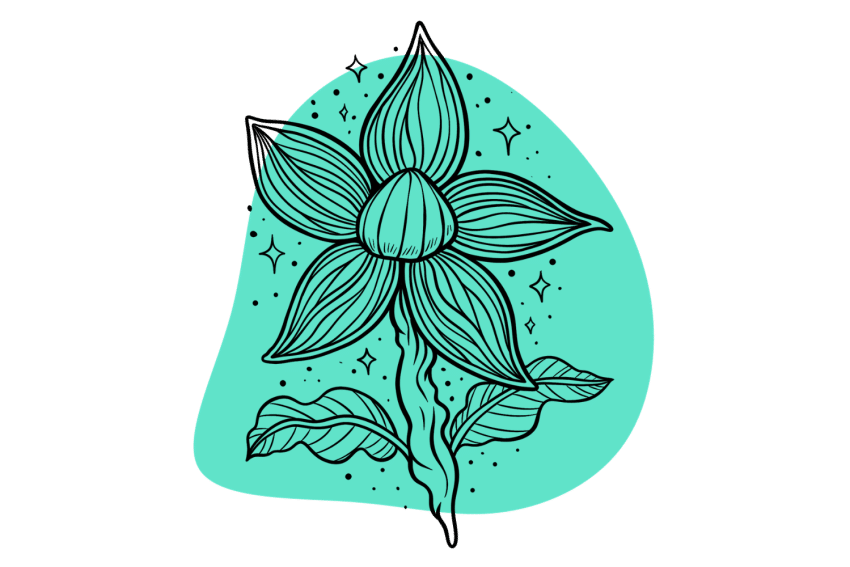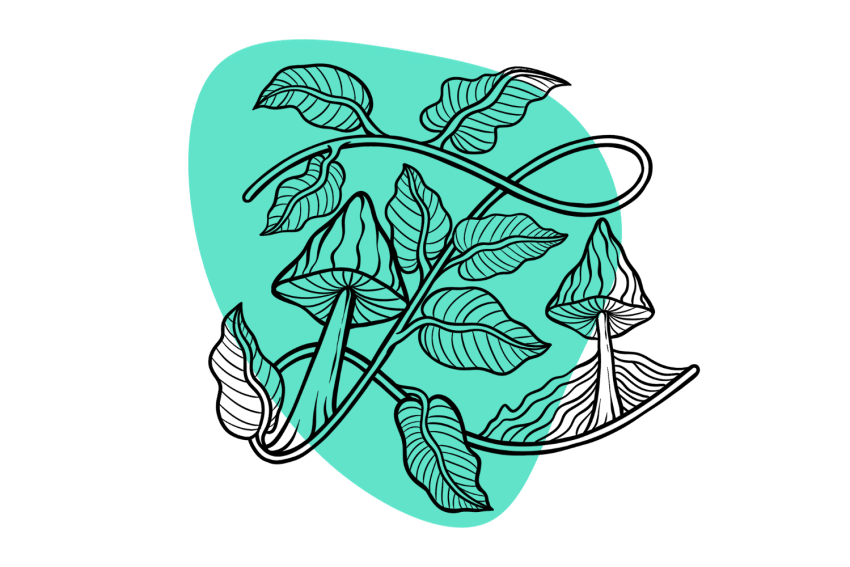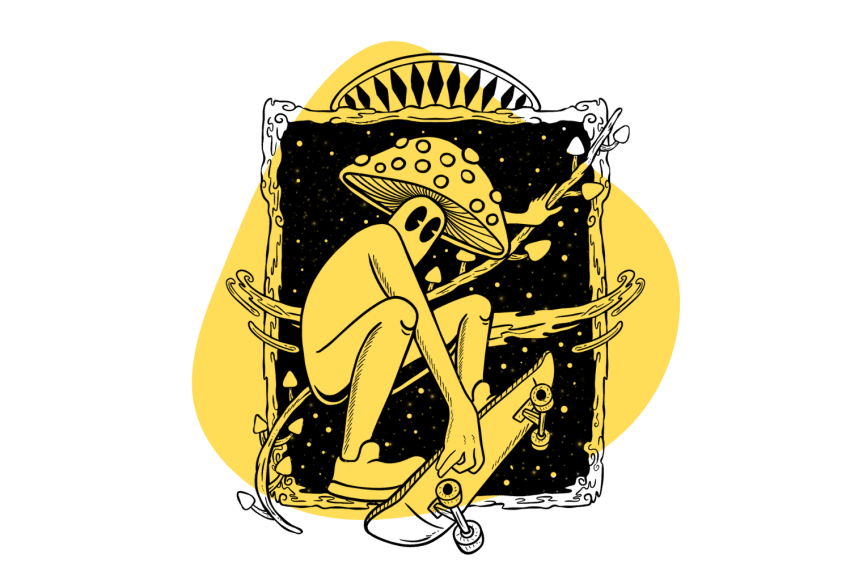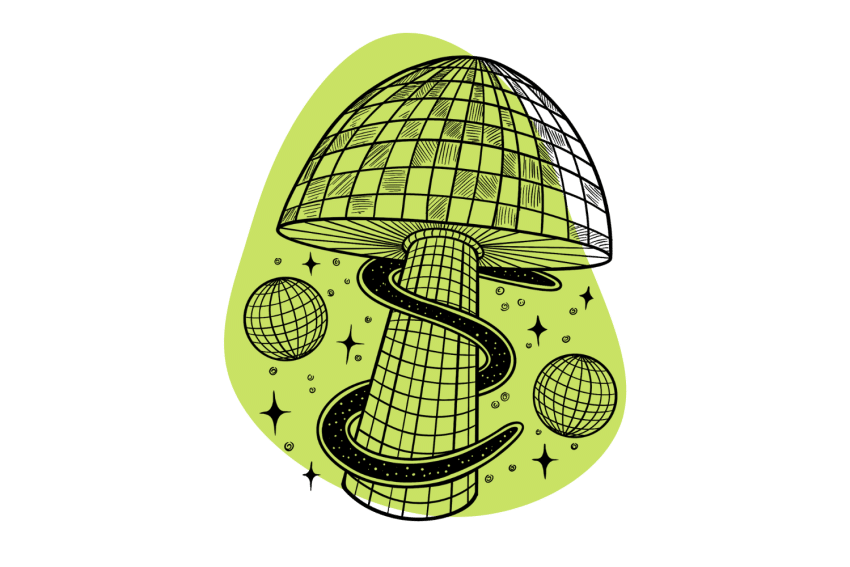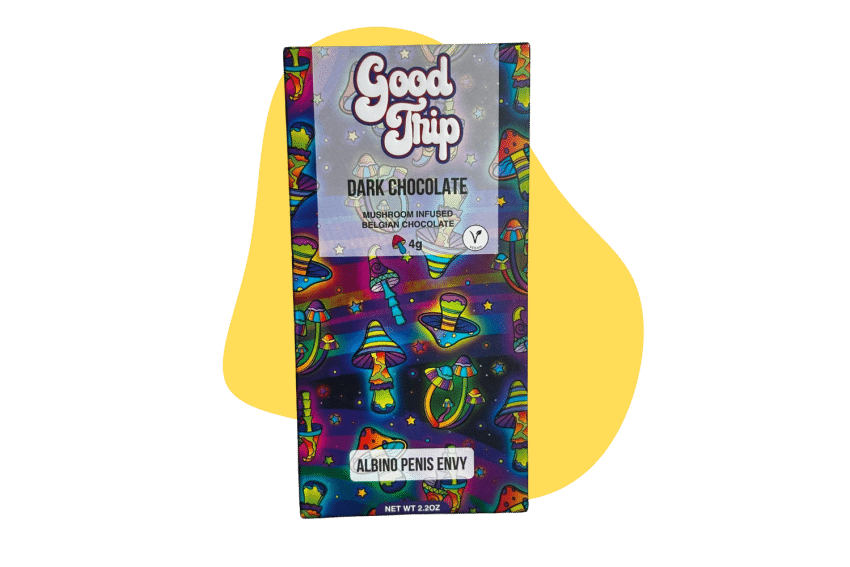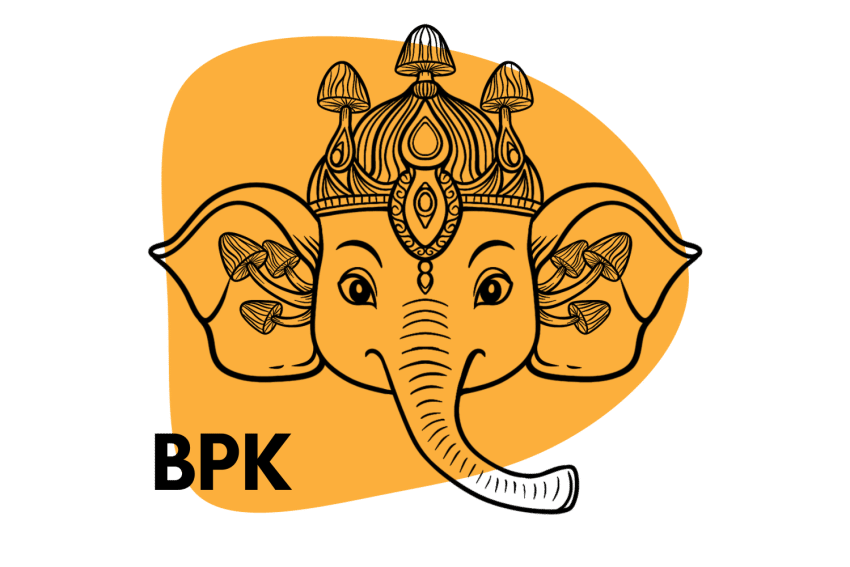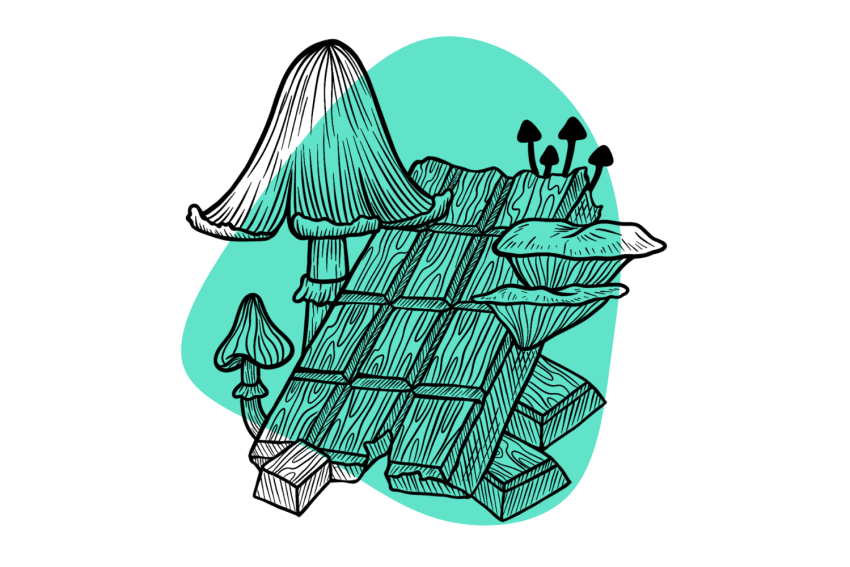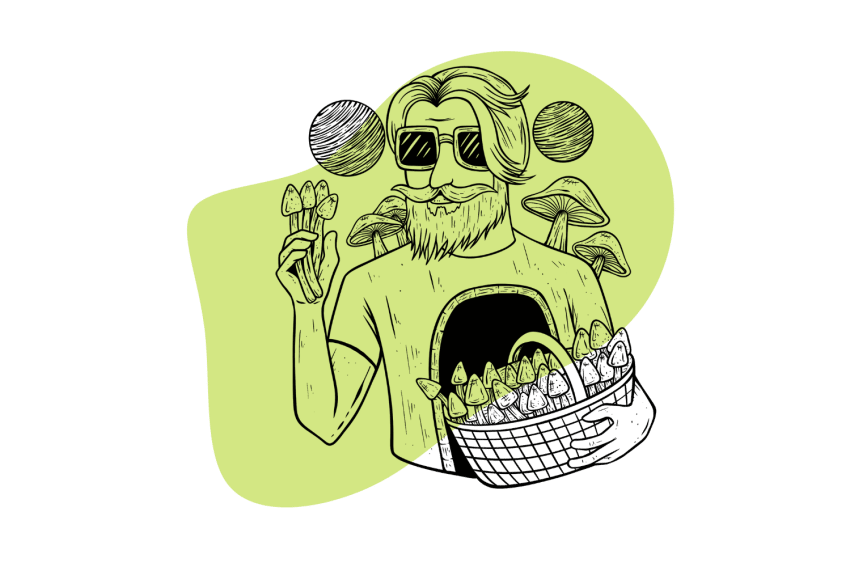Koh Samui Mushrooms: All You Need To Know
A quintessential magic mushroom strain for the budding psychonaut 🍄🍄🍄
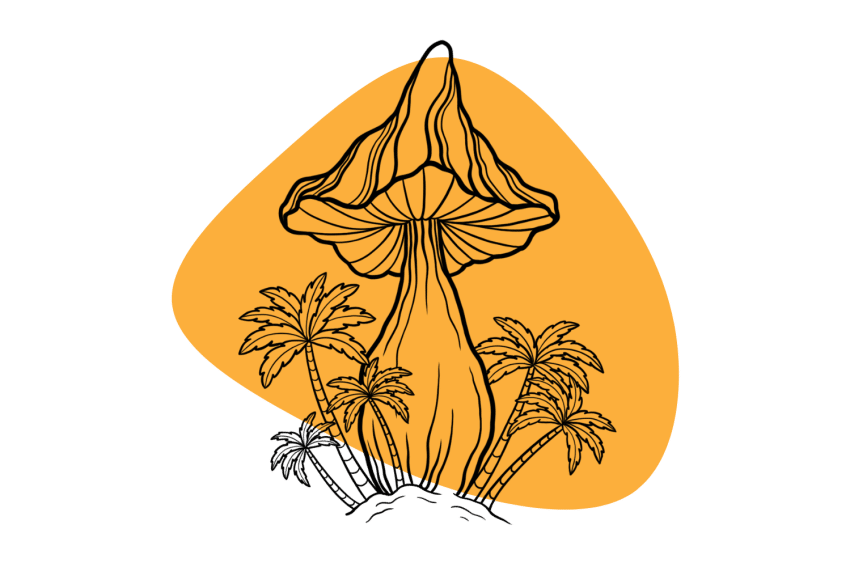
If you’re a psychonaut planning a trip to Thailand, you might want to add Koh Samui island to your list of places to visit.
This beautiful island is home to a special kind of magic mushroom that has some pretty amazing properties. Locals have been using psychedelic mushrooms here for centuries.
This particular species of mushroom — called Psilocybe cubensis — contains high levels of psilocybin, a naturally occurring psychedelic compound. When consumed, psilocybin can produce powerful hallucinations and an altered state of consciousness.
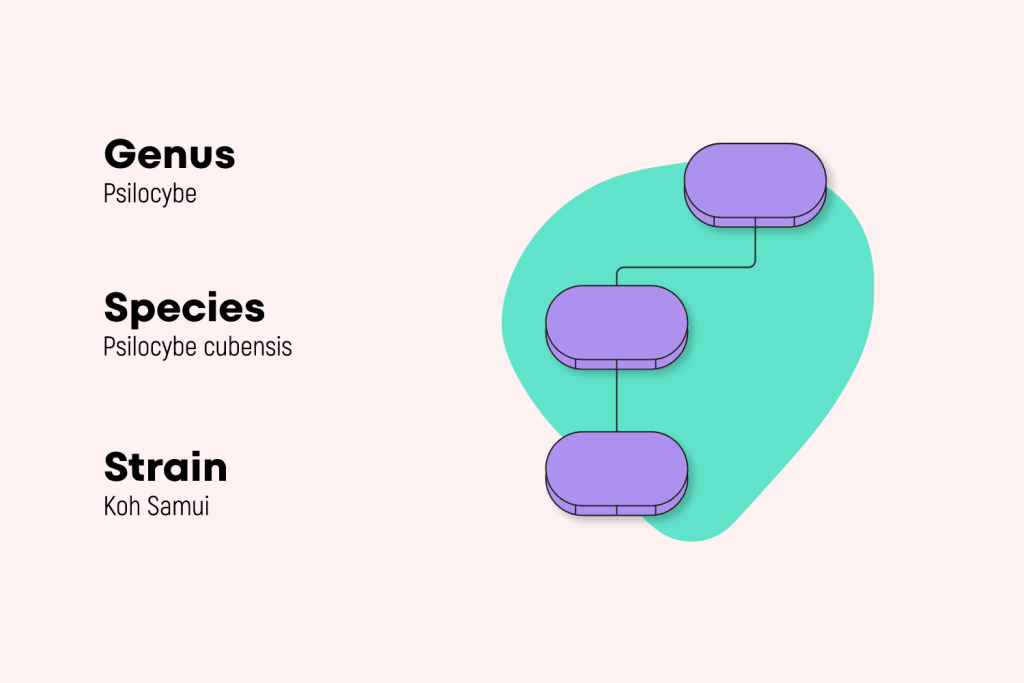
There’s some debate about what species Koh Samui mushrooms refer to. In most cases, Koh Samui refers to a particular strain of Psilocybe cubensis that was collected from the island of Koh Samui by the amateur mycologist Mushroom John Allen in the 90s. However, there’s also a separate species of psilocybin-containing mushroom found here called Psilocybe samuiensis, but it’s not common to find these mushrooms or their spores online.
But the plot thickens…
Some experts place this Thai magic mushroom strain under the Mexicanae genus of psilocybe mushrooms rather than Psilocybe cubensis. If this were true, it would make Koh Samui mushrooms the only strain from the Mexicanaue genus that’s found outside North America [1].
Gastón Guzmán, a Mexican mycologist and anthropologist, placed this mushroom in the Mexicanae category due to its rhomboid-shaped spores and its ability to grow sclerotia, a compact growth in the mycelium containing food reserves, which is an evolutionary trait that emerged from surviving extreme temperatures.
But most experts argue that Koh Samui mushrooms are, in fact, a strain of Psilocybe cubensis.
Koh Samui Specs
| Potency | Average 🍄 |
| Cultivation | Beginner-Friendly |
| Species | Psilocybe cubensis |
| Substrate Recommendation | Rye Grain |
| Sold By | MYYCO (🇺🇸), Sporeslab (🇨🇦), Spores 101 (🇺🇸/🇨🇦), Miracle Farms (🇺🇸/🇨🇦), The Magic Mushrooms Shop (🇪🇺) |
Koh Samui Mushrooms Effects & Potency
Koh Samui is a popular strain of magic mushrooms thanks to its fast-growing, contaminant-resistant mycelium.
The mushrooms fruit quickly and colonize rapidly, resulting in thick, healthy growth. Although they don’t grow very tall, Koh Samui mushrooms are known to proliferate in very dense clusters.
Koh Samui shrooms are commonly used in traditional Thai medicine to treat various ailments, including fatigue, anxiety, and depression and are also said to improve cognitive function and memory.
People report that the high from these mushrooms is formidable but certainly not the strongest available. The psychedelic experience from this shroom can be confusing or disorientating with strong visual hallucinations. The high is also described as being high-energy and euphoric.
Quantitative analysis on this mushroom strain suggests an average psilocybin content of around 0.63%. Total tryptamine levels (psilocybin, psilocin, baeocystin, and other related compounds) average at around 0.7% for this strain.
For reference, we consider the average Psilocybe cubensis mushroom to contain somewhere between 0.5% and 0.9% total tryptamines (dried weight).
The Koh Samui magic mushroom is often many people’s first experience with psychedelic shrooms when vacationing in Thailand. They’re especially popular in the form of magic mushroom shakes during the infamous Full Moon parties.
How To Grow Koh Samui Mushrooms
Koh Samui super strain mushrooms are among the easiest mushrooms to grow at home because of their high resistance to contamination and propensity for yielding large flushes of psychoactive fruit.
If you want to grow your own Koh Samui magic mushrooms, here’s what you need to do:
First, purchase some quality spores from a reputable source (suggestions below).
There are a few different ways to get your hands on spores, but purchasing syringes is preferred because it’s much easier to inoculate your substrate jars while maintaining a clean working environment. With this method, you don’t have to worry about opening up a spore print and potentially contaminating your entire operation.
Next, sterilize your equipment and choose an appropriate growing medium or substrate.
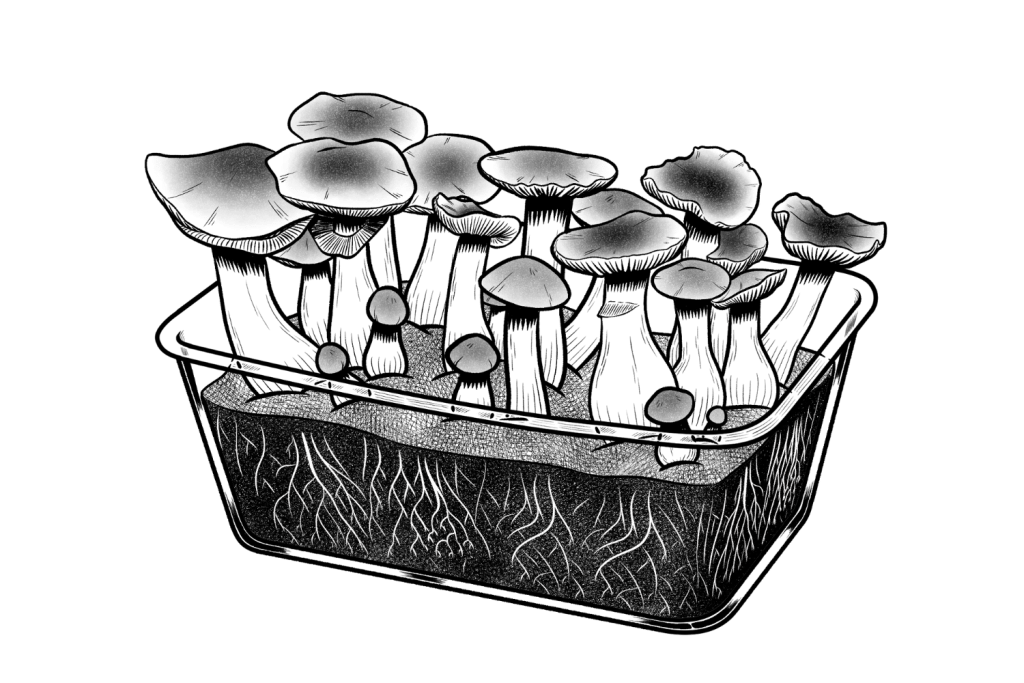
Koh Samui can be grown successfully in wild bird seed, rye grain, and pasteurized dung and straw mixture. The key is to keep its environment very clean as the mold and bacteria present in the substrate will compete with the fungi for nutrients, preventing your fungi from growing.
You’ll then innoculate your sterile substrate with the syringe, adding a small amount into each jar.
The key to successful inoculation is to do this in a very clean environment, as bacteria in the air and surfaces can end up botching your project. It’s important that you wear gloves and disinfect all surfaces and the air with isopropyl alcohol or a disinfectant spray.
Next comes the incubation phase, which can take 1-2 weeks.
Koh Samui mushrooms’ ideal temperature for colonizing ranges from 28 – 30 ºC with high humidity (>80%). You can purchase incubator kits online, usually from the suppliers where you purchased your Koh Samui spores, or make your own.
Related: How to Grow Magic Mushrooms (The Easy Way)
Once the Koh Samui fungi have started germinating in the inoculation jars, it’s time to move on to the fruiting phase, where you’ll transfer the substrate into a fruiting chamber.
The ideal temperature for fruiting will be a bit cooler, ranging between 22 – 25 ºC, with high humidity and very low, indirect light.
At this point, the mycelium should be strong enough to withstand bacteria, so it’s not as essential to maintain a sterile environment — but you should still keep the chamber clean for the best results.
You should start seeing pinhead mushrooms pop up in a few days. As tempting as it might be, please do not touch them, or you could stunt their growth.
Let the mushrooms do their thing and grow until you see a veil around the gill cap break, signaling that they’re ready for harvest. Carefully pinch the mushrooms at the base to harvest.
You can eat them wet, but it’s best to dry them out for easier and long-lasting storage with a dehydrator or by laying them out on a sheet paper towel for a few days (out of direct sunlight).
You can expect 2–3 more flushes from your fruiting chambers.
If you see any mold forming, remove the cake immediately to prevent it from spreading. Eventually, your fruiting chamber will produce fewer and fewer mushrooms and succumb to mold.
Koh Samui Magic Mushroom Variations & Genetic Relatives
Koh Samui mushrooms were first analyzed for microscopic research by John Allen, who is also credited for refining the Thai strain mushrooms into the most commonly found Koh Samui super strain, which is what’s abundantly available on the market for its higher yields of mushrooms, potency, and resistance to contamination.
Compared to the original Koh Samui strains found native to Thailand, the super strain has thick stems and brighter golden to yellow caps.
Other magic mushroom strains collected in Southeast Asia include Lipa Yai, Ban Phang Ka, Ban Thurian, Thai, Allen Strain, Tak Mountain Cube, Plantasia Mystery, T3, Pink Buffalo, Ban Hua Thanon, and Hanoi.
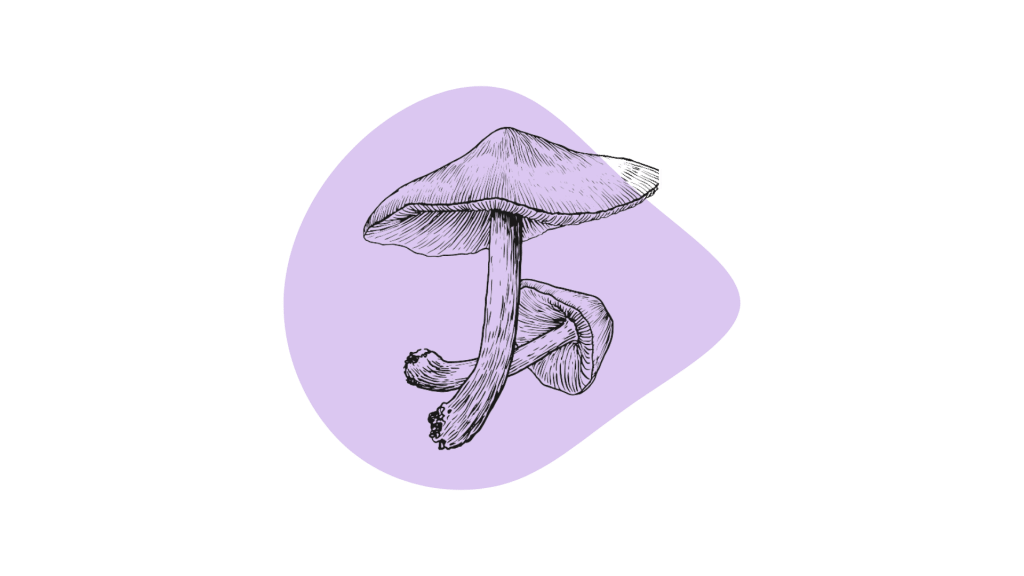
Where To Buy Koh Samui Magic Mushroom Spores
You can buy mushroom spores for the Koh Samui Super strain online from most retailers.
These spores are legal because the spores don’t contain the psychoactive substance, psilocybin. However, they become illegal as soon as the spores are germinated.
Obviously, you should be careful when buying any sort of psychedelics online — research the vendor thoroughly before making any transactions to ensure you’re not getting ripped off.
- If you’re in the United States — MYYCO, Miracle Farms, Spores 101, Mushroom Prints
- If you’re in Canada — Planet Spores, Spores 101
- If you live in Europe — The Magic Mushrooms Shop (🇪🇺), Shiny Spores (🇬🇧)
→ View all spore vendors & grow kit suppliers
What’s The Dose of Koh Samui Magic Mushrooms?
Dosing Koh Samui magic mushrooms is a bit of an art. It’s personal and can be different for everyone — depending on the mushrooms’ growing conditions, one’s experience with psychedelics, and genetics.
That said, there are some general dosing guidelines you can follow for the type of experience you’re looking for:
- 0.5–1.5 grams is a light recreational dose
- 1.5–2 grams is a medium recreational dose
- 3–5 grams is a full to strong recreational dose
- 5 grams + is a very ‘spiritual’ dose
Double-check the potency of the DXM you’re using, and look for the addition of other compounds such as acetaminophen which can cause severe liver-toxic side-effects at this dose.
Similar Strains
There are dozens of magic mushroom strains that hail from Thailand and other areas of Southeast Asia. While each one is unique in its own right, they all share similar growth characteristics. Most SEA mushroom strains are rapid colonizers and form dense clusters of medium to large-sized mushrooms.
Here are some of the best alternatives to consider if you like the Koh Samui strain:
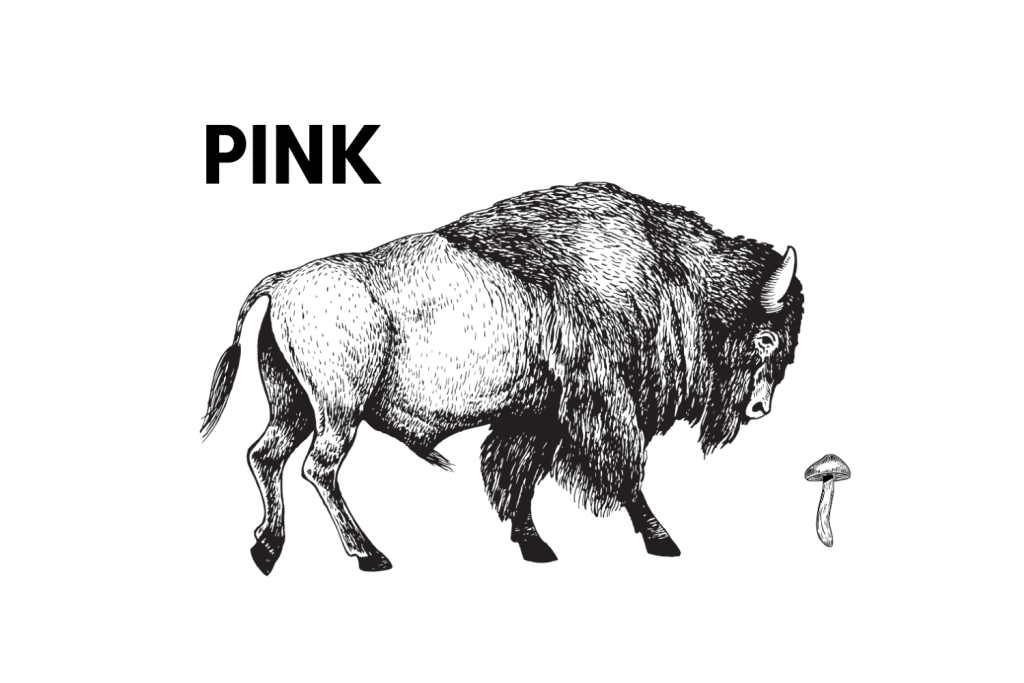
1. Pink Buffalo
The Pink Buffalo strain was also collected on the island of Koh Samui. The legend is that the mushrooms this strain originates from were handpicked from the dung of a literal pink buffalo.
It’s possible the harvester of this strain had already gotten into some local Koh Samui mushrooms before finding this now legendary strain.
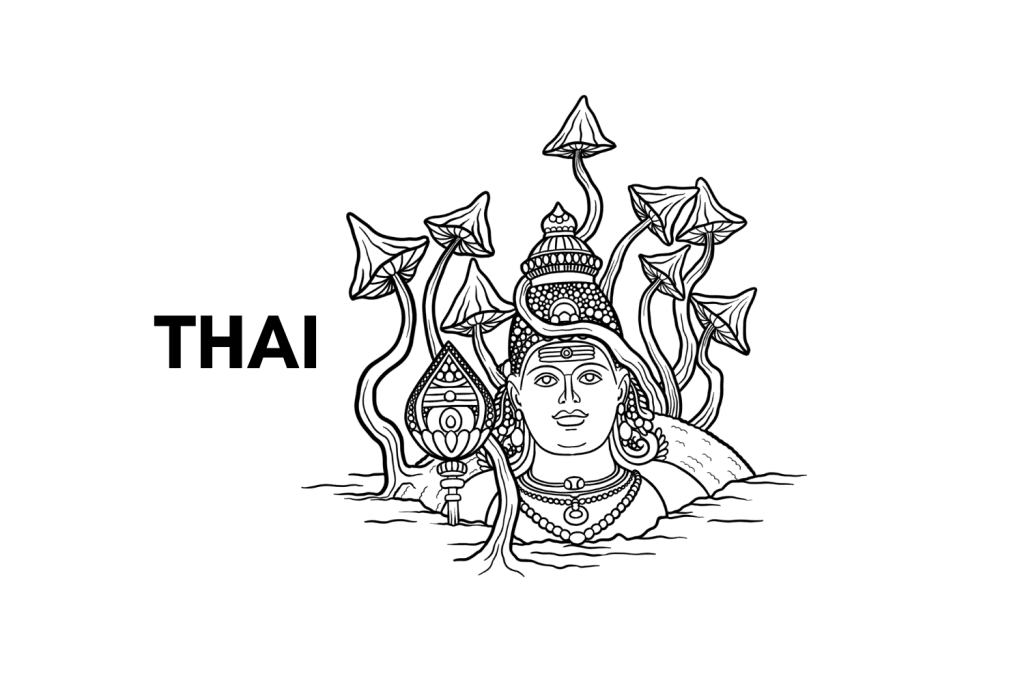
2. Thai strain
There are many mushroom strains that come from Thailand, but this is the one that gets the denomination as “the” Thai strain. Whether this was the first one collected by John Allen on his trip, or it was merely his favorite from Thailand, we’re not sure.
Regardless, the Thai strain shares some obvious similarities with Koh Samui n terms of appearance but is differentiated by the taller and flatter mushroom caps compared to the short and bulbous Koh Samui’s.
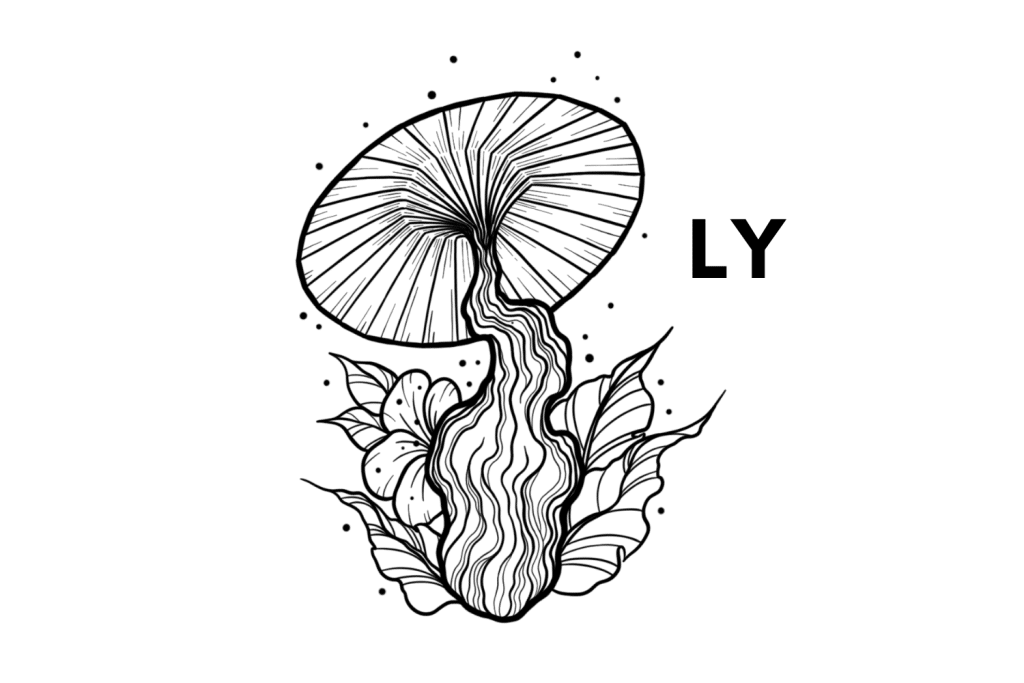
3. Lipa Yai
This strain from Thailand is the closest alternative to Koh Samui. The only noticeable difference is that this strain produces much taller fruits than the characteristically short Koh Samui mushrooms. The Lipa Yai strain is just as potent as the Koh Samui and is also notoriously easy to grow.
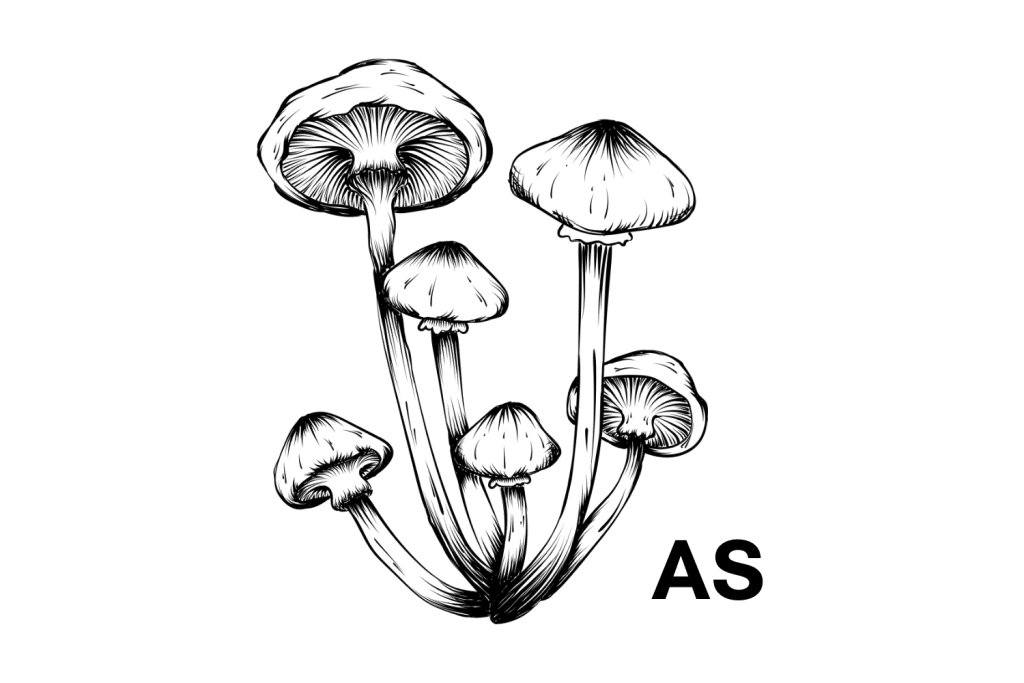
4. Allen Strain
This strain is named in honor of Mushroom John Allen, who took his landmark journey around Southeast Asia, collecting samples of all the magic mushrooms he could find.
The Allen strain is pretty average for the SEA phenotype but has slightly less potency than some of the other samples from this region. This is a good strain to consider if you want something a little more mellow than Koh Samui.
References
- Allen, J. W., & Merlin, M. D. (1992). Psychoactive mushroom use in Koh Samui and Koh Pha-Ngan, Thailand. Journal of ethnopharmacology, 35(3), 205-228.

